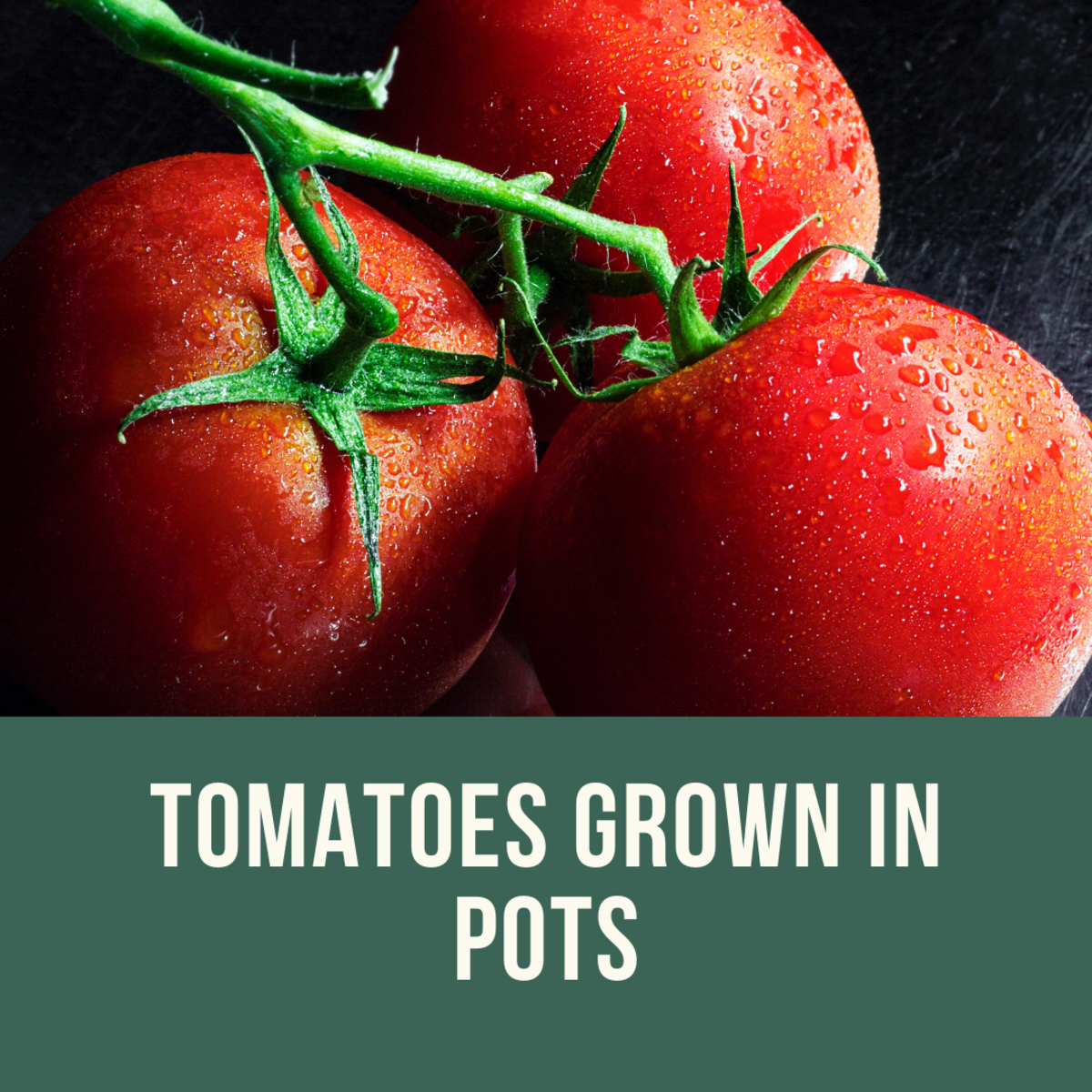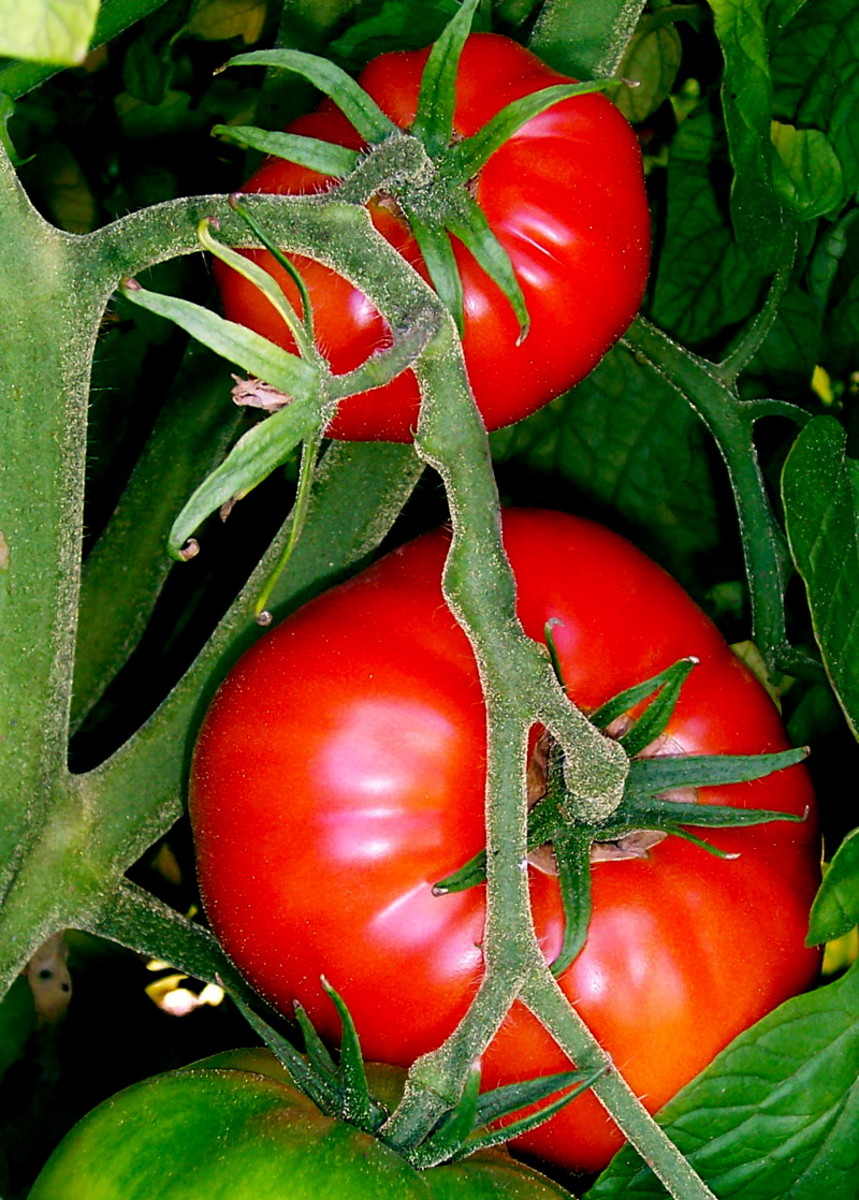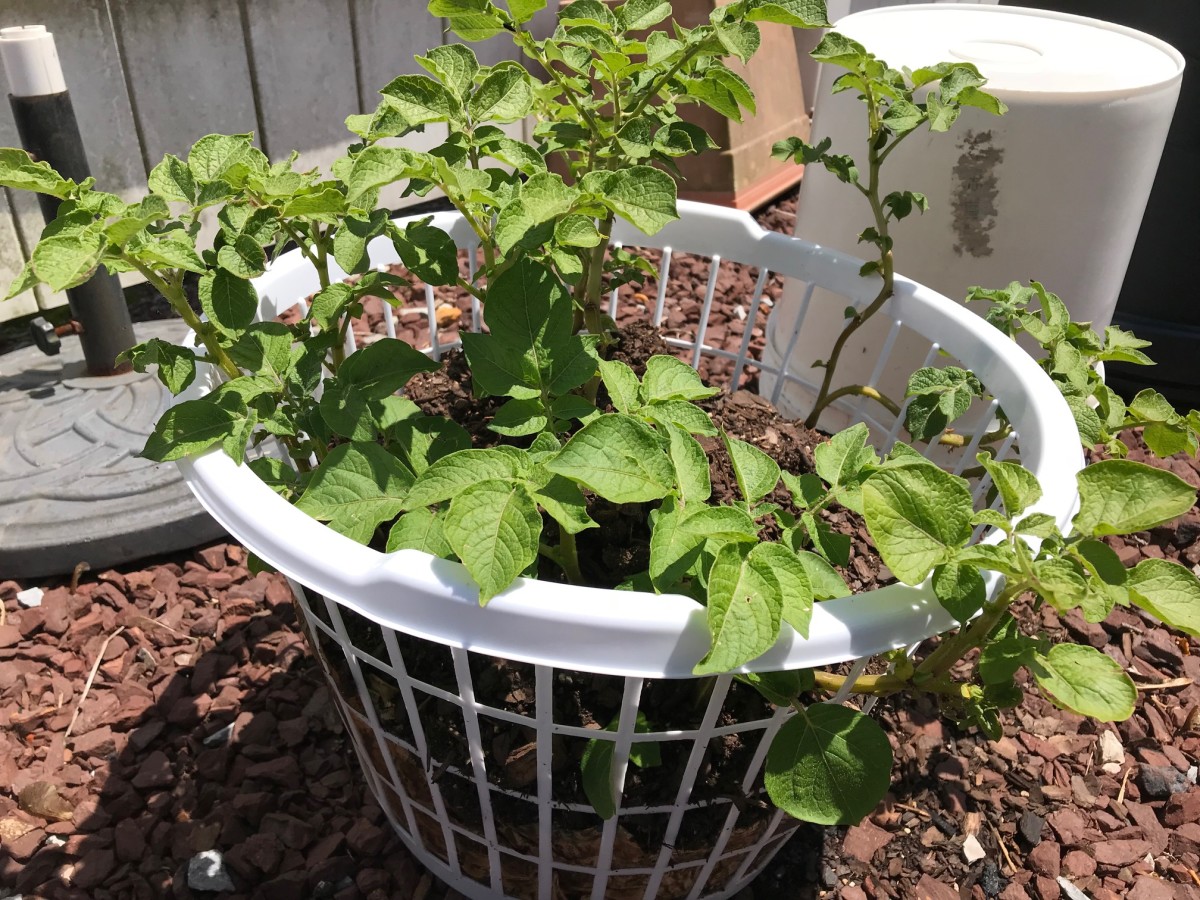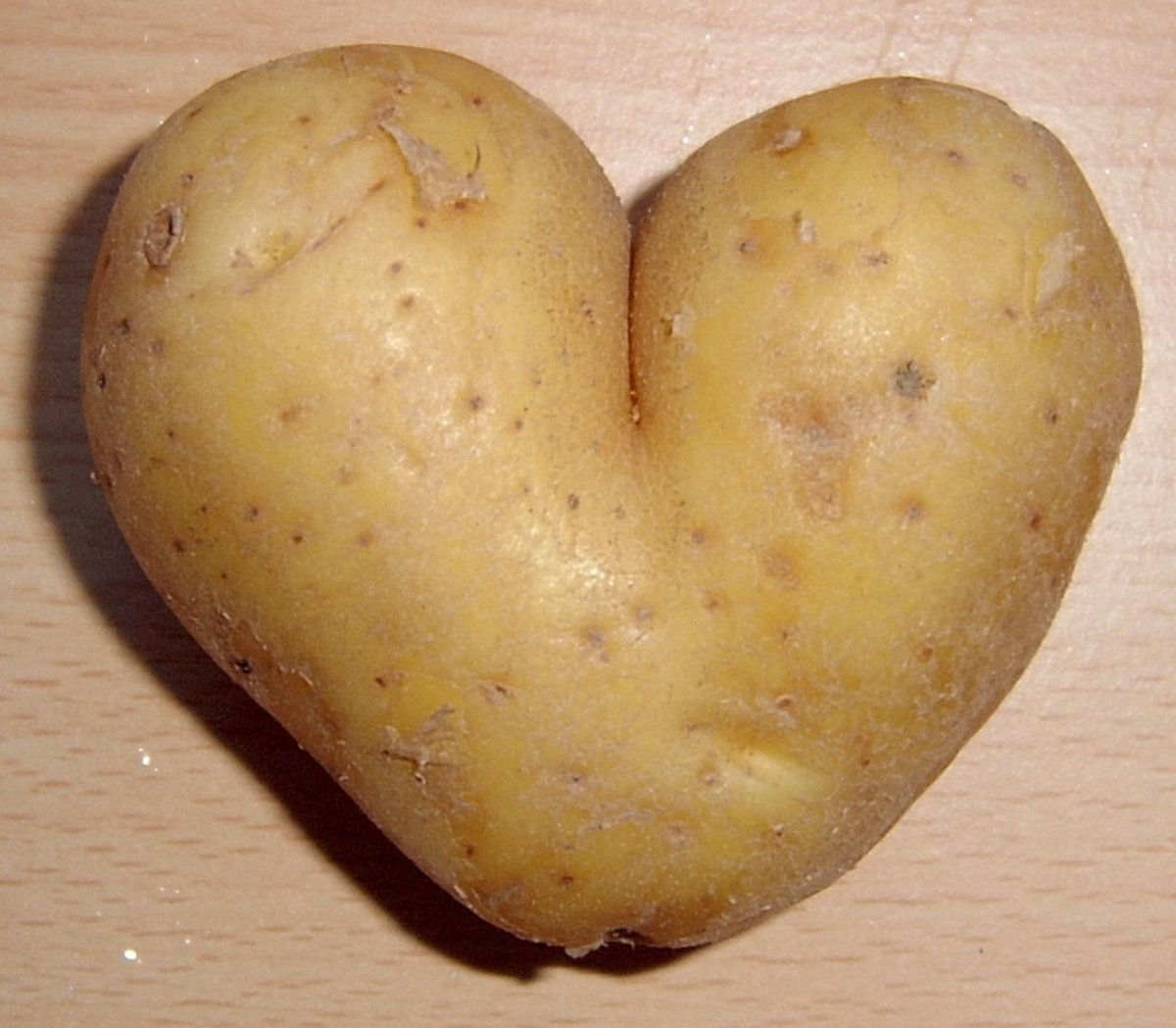Benefits of Planting Tomatoes Deep
How to Plant Tomato Seedlings
Transplanting tomato seedlings is a simple task, but there are some compelling benefits to planting tomato seedlings deep into the soil when it's time to move them out into the garden. Since tomatoes take so long to grow, most gardeners will be planting them as seedlings instead of directly sowing seeds into the garden. The deep planting method will speed up the time that these young seedlings reach maturity.
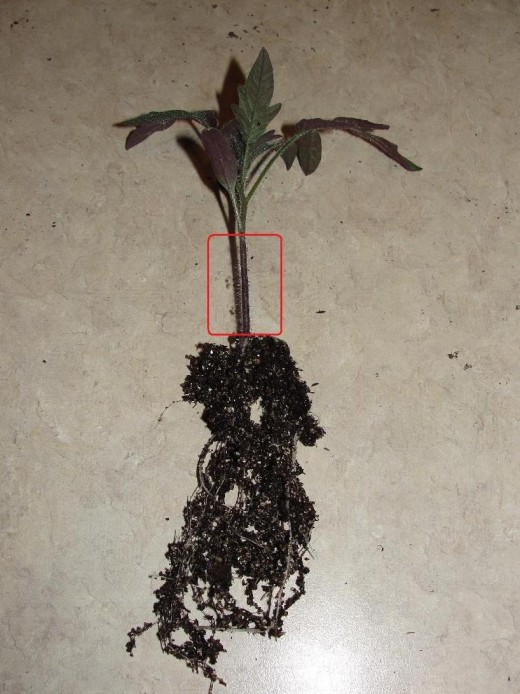
Transplanting Tomato Plants
A tomato plant is one of the many plants that can be propagated by cutting stems and allowing those cut stems to root on their own, thereby creating a new plant. In fact, if you simply slice off a new tomato vine shoot from an existing plant and carefully plant it in appropriate garden soil, it will take root and begin to grow as a new plant.
Since tomatoes are so prolific in this way it becomes very smart to plant them deeply when they are transplanted. Just as new roots will form on a cut vine of the tomato plant, new roots will also form along the main vine stem of a tomato plant if it is placed below the surface of the topsoil.
As an example, if you plant a tomato seedling at the same soil level that it was at in the seedling container, the roots are likely to begin just below the soil. After transplanting, the roots will still only exist from that point and below, meaning that the plant will be supporting new growth from the same set of roots. That will work fine, but by planting deep you can speed up the growth process.
By contrast, if you plant a tomato deep, you will be burying a good portion of the main stem underground. The young plant will immediately begin to grow new roots all along this main stem. These will provide the plant with better stability and a greater ability to drink water and grab nutrients from the soil to support plant growth. The end result is that a tomato planted deeply will grow much faster than one planted at the same level that is had been at before.
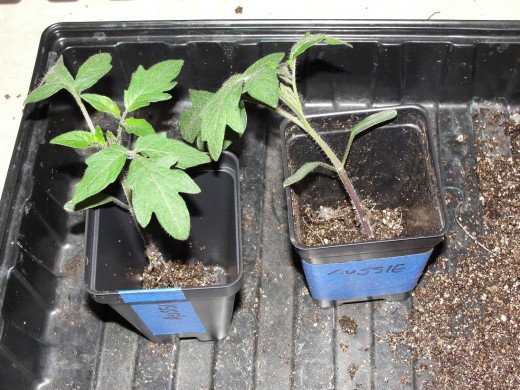
Ways of Planting Tomatoes Deep
There are two ways to plant a tomato deep, and both have their merits. The first is to simply dig a hole deep enough to bury several inches of the main stem. I like this method best for raised beds or gardens with loose and fertile soil, since it is easy enough to dig such a hole. The deeper hole offers more moisture than a shallow hole, so this is also a safer transplanting method in high heat.
The other option is to use a trench to plant the seedling. In this method, a shallow trench can be made near the ground surface, into which the tomato seedling is laid. Simply bury several inches of the main stem that was not previously buried and leave the top of the plant sticking out. Don't worry about the strange angle of the plant top at planting time - it will straighten out very quickly. With this method, roots will still form all along the stem. The trench planting method for tomatoes is great for heavier soil where digging a deep hole is more tricky. The one thing to be aware of is that this shallow planting method means your plant's roots may dry out more quickly in hot sun, so give it the water needed at first. Within a few weeks the roots will have move down enough to nearly eliminate this risk, but a careful watch at first is important.
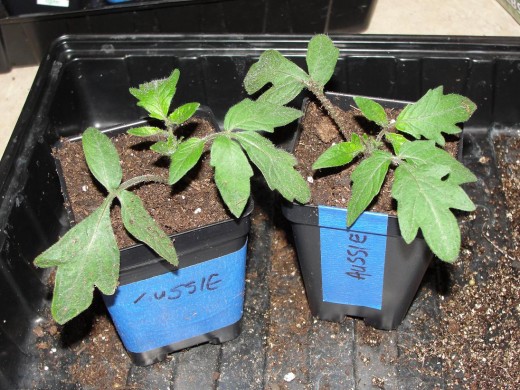
Care for New Tomatoes in the Garden
Now that you have set out your tomato seedlings, follow a few simple tips to get them off to a good start. The most important thing that you can do for transplants like these is to give them the right amount of water. Allow the soil to dry out a bit between watering, but don't let the leaves of the plant wilt before you give it a drink. So much depends on rain in the first few weeks, but a nice drink of water every 2-3 days is usually about right.
Keep the garden soil free of weeds and don't allow it to compact. If you are using a raised bed garden this is really easy, but for a traditional garden with less than perfect soil a combination of rain and sun can turn the top of the soil hard which does not allow water to soak properly. Use a garden rake to agitate the soil now and then to keep it free of weeds and loose. Just be careful not to snag the roots of your new plants.
Once the vines really start to grow it will be obvious, and suddenly they will seem to grow right before your eyes. This normally happens in a few weeks. Once this growth is apparent, you have to worry much less about water, since the tomato roots are now driving downward to reach moist soil at all times. Still, in hot and dry weather, an extra drink for a few more weeks is a very good idea. I find that after about a month I simply don't need to water any more, but if there was a drought on hand I might make the effort.
Plant a Tomato
Now that you have some reasons to try it, plant a tomato nice an deep next time you get the chance. If you haven't done this, it will be a much stronger and faster growing plant that you have ever grown before, and your first harvest will come quicker. Whether you dig a deep hole or use the trench method doesn't matter, just get part of that stem underground to allow new roots to grow and send more water and nutrients to your young plant.

